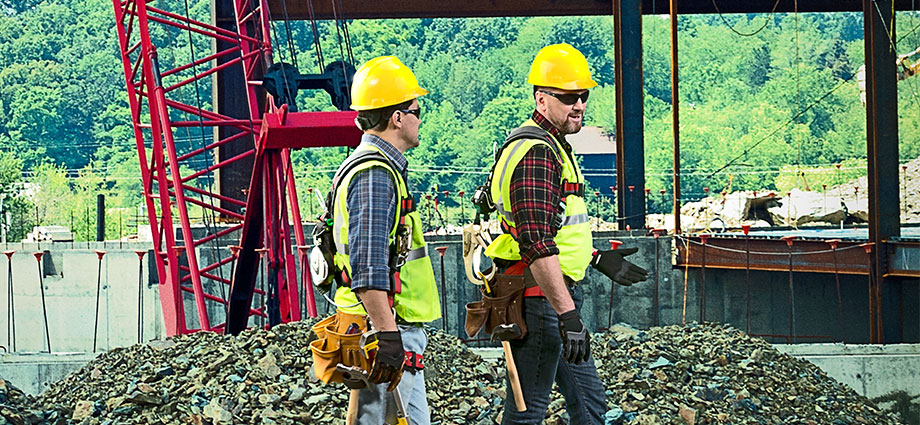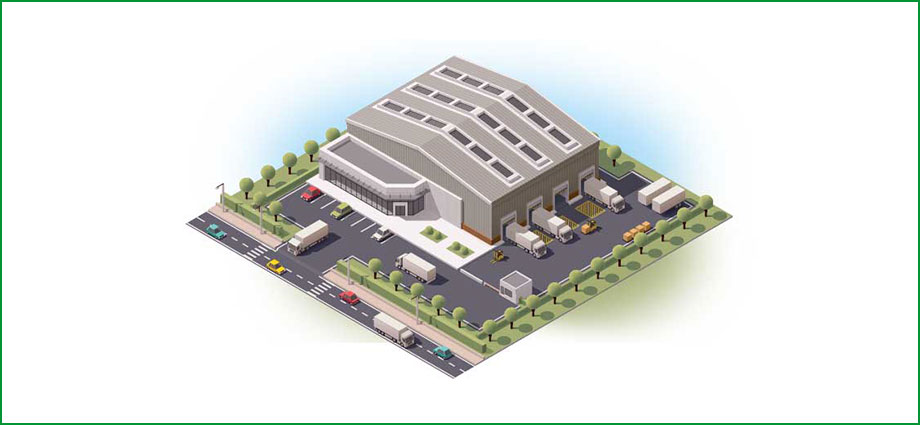
We work hard at preventing accidents in the industrial workplace. It’s one of the top priorities and can indeed affect the financial health of any business.
When an accident does happen, whether there is property damage, production ramifications, or worker health issues or safety involved, a root cause analysis should be and normally is performed. It’s important to understand what caused the accident to prevent it from happening again. We constantly strive to make our workplaces as safe as possible for everyone.
Accidents do happen … that’s a given. Our job is to lessen the frequency and lower the impact on personnel, property, and production.
In many cases, industrial accidents can be traced back to human error. However, sometimes we don’t determine the exact cause and may stop short of the real issue to be resolved.
What Is Human Error in Industrial Accident Root Cause Analysis?
Human error can simply be defined as those mishaps or mistakes caused by a person, not a machine. However, it’s not really that simple. While it may be easy to say that “Joe” did it … that it’s his fault, the issue can’t be dismissed so easily. If you dig down into the reason behind the reason, the real underlying problem may not be that person’s fault … at least not entirely. It could be more involved.
Human error is often cited as the primary cause or contributing factor in accidents and disasters. The industries affected run the gamut from nuclear power and aviation to manufacturing and medicine.
So, preventing human error is seen as a major contributor to the reliability and safety of any system, whether simple or complex.
What Root Cause Analysis Is (and What It’s Not)
A Root Cause Analysis (RCA) is an investigation of a workplace accident to pinpoint the exact cause of the incident. Taking into account all the aspects of the accident–people involved, environment, equipment status, etc.–the analysis is a problem solving tool used to prevent similar future incidents.
That’s important to understand. An RCA is not used to place blame, but discover cause. For the RCA to be accurate and valuable, everyone involved must be on board and comfortable with the process. This includes the workers directly involved with the incident.
When delving into the root cause of any industrial accident instigated by human error, understand that there are two possible approaches: the “person” approach, and the “system” approach. The approach you use will affect the outcome of the investigation.
Using an incorrect approach to Root Cause Analysis may eliminate the immediate symptoms of the accident, but not fix the underlying actual cause. Properly done, the RCA can prevent future incidents. Improperly done sweeps the real problem under the rug, so to speak.
The problem could very well show up again.
Who is Concerned About Accidents Caused by Human Error
You could call them the Big 3:
- OSHA and other regulatory bodies like the NFPA
- Insurance companies that pay on claims
- Your company
Of course, OSHA, the NFPA and other regulatory or standards developing organizations are highly concerned with worker safety. They continually upgrade existing codes and standards—and develop new ones—based on data gleaned from Root Cause Analysis investigations and other sources. They want to ensure each worker goes home to his or her family in the same condition they left for work.
Insurance companies are hired to pay claims generated by worker accidents. So they are highly interested in discovering the root cause of accidents, in part, to stay solvent and grow their monetary assets. If they start paying out more money than they’re generating, you know the likely outcome …
Rising insurance rates.
And that, among other things, affects the third member of the triad: you and your company.
Your Company’s Role in Preventing Workplace Accidents Caused by Human Error
First, as a safety professional reading this, you’re probably in agreement that worker safety is job #1.
Unfortunately, that may not be the case outside your department. So it’s important that you get buy-in from everyone … from the C-level suites to the factory floor. You need to be able to communicate the inherent value of a safety program that seeks to eliminate the most likely areas and/or tasks that are prone to human error.
It also means developing a personal mindset and organizational culture that recognizes several basic, yet important principles:
If that sounds to you like it came from a training manual or safety document, you’re correct. In fact, that comes verbatim from NFPA 70E 2018, Informative Annex Q entitled Human Performance and Workplace Electrical Safety.
And while Annex Q is not a requirement or standard, the information contained therein is vitally important to designing and building an effective, comprehensive safety program. Even though NFPA 70 E deals primarily with electrical safety, the principles and information presented work exceedingly well in other types of work scenarios such as machine guarding, fall protection, and confined space entry.
While those areas, and others, have special rules and standards, using the information contained in Annex Q can help when performing risk and hazard analysis inspections, operating procedure development, and employee training.
For example, Annex Q.3 outlines how the employees brain processes information through a series of interactive stages. To quote from the Annex:
Where and to what we intentionally or unintentionally direct our concentration.
Sensory inputs (hearing, seeing, touching, smelling, etc.) receive and transfer information.
Incoming information is encoded and stored for later use in decision making (i.e., what to do with information). This stage of information processing involves interaction between the working memory and long-term memory (capabilities, knowledge, past experiences, opinions, and perspectives).
Taking physical human action based on the synthesis of attention, sensation, encoded information, thinking, and decision-making. In a workplace environment this would include changing the state of a component using controls, tools, and computers, including verbal statements to inform or direct others.
Finally, the NFPA 70E 2018 Annex Q explains the human performance modes and their associated errors. Briefly, the rule-based human performance mode is based on previous experience and training, often by formal job skills or operational training. The most desirable of the performance modes, it still has error potential. As the primary focus of this mode is logic—if X, then Y—a misinterpretation of the situation can result in applying the wrong response or procedure.
The second human performance mode is knowledge-based performance. When workers comes across an unfamiliar situation, they must apply what they know about (allegedly) similar situations or supplement that existing knowledge with research. The inherent problem is a lack of complete knowledge, and an incorrect decision when they’re require to “think on their feet.”
Finally, the third human performance mode is skill-based performance. This means the worker has performed the task repeatedly and is intimately familiar with it. You might think this is a good thing. But, not necessarily. As the old saying goes, “Familiarity breeds contempt.”
The error potential presents itself when changes to the work environment or actual task, the individual’s capabilities (impairment via health or related issues), and that old adversary, human nature, materialize.
Annex Q has a lot of information, including a compilation of error precursors for many situations. It also has a list of human performance tools, that will help you cut down on workplace accidents caused by human error.
Your Next Steps
Take advantage of the informational tools and resources that you likely already have at your fingertips. Don’t just study the regulations … understand the underlying principles as well. Become a student of human performance modes.
Doing that should make it easier to get buy-in for your safety program, right up to the C-suites. Armed with not just learned opinions, but scientifically and academically researched information, you’ll better your chances of bringing an effective, adequate safety culture to a higher level of priority.






